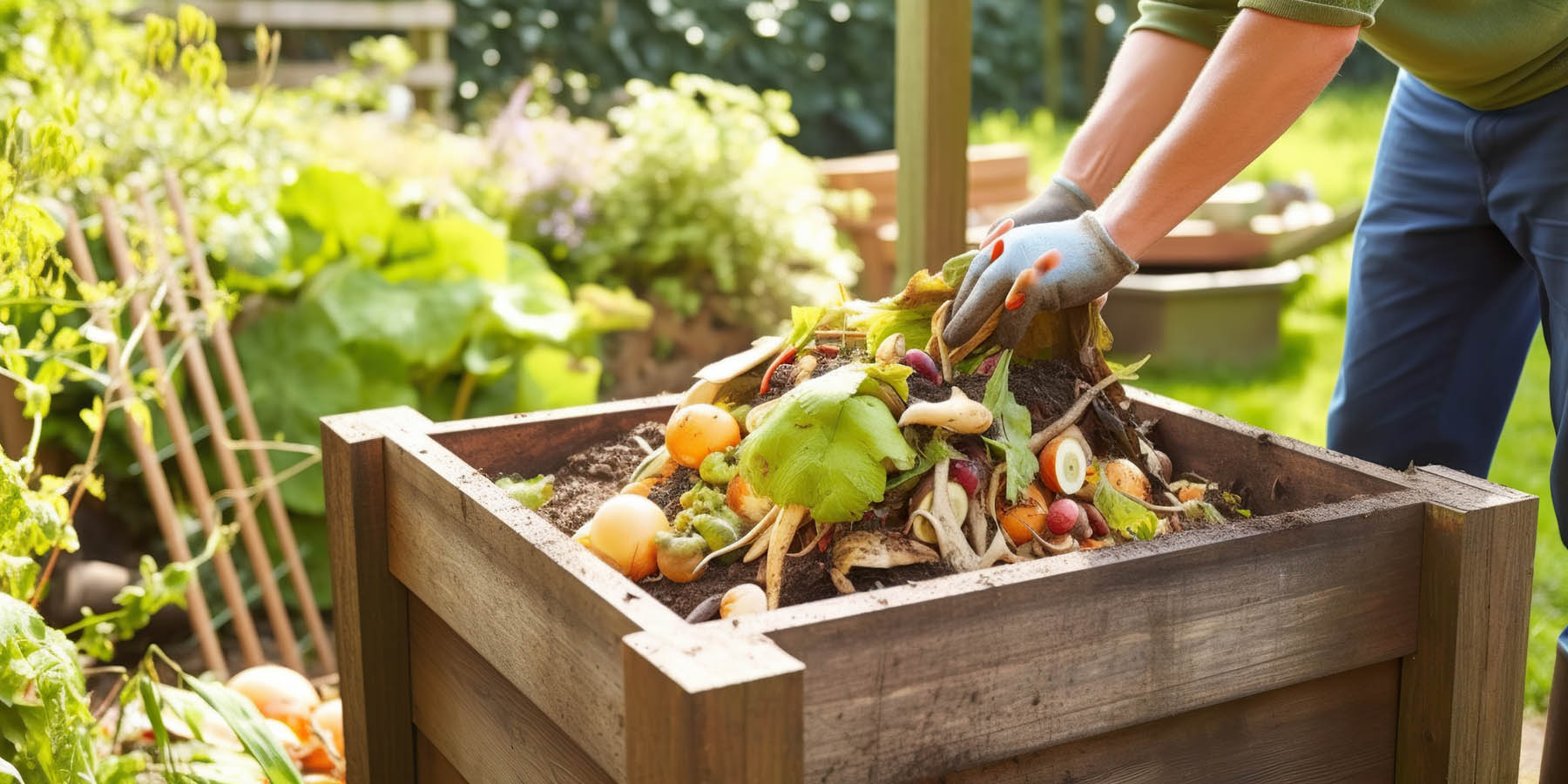Understanding the Basics of Composting
Composting is a sustainable way to recycle kitchen and garden waste into rich, organic fertilizer for your garden. Understanding the basics of how composting works is the first step in successfully installing and maintaining a home compost bin.
Choosing the Right Compost Bin
Select a compost bin that fits your space and needs. There are various types available, including tumbler bins, stationary bins, and worm composters. Consider the size of your garden, the amount of waste you generate, and how actively you want to manage your compost.
Setting Up Your Compost Bin
Choose a suitable location for your compost bin – a level, well-drained spot that’s easily accessible year-round. If you’re using a stationary bin, placing it directly on the soil allows worms and other beneficial organisms to enter and aid the composting process.
Balancing Greens and Browns
Effective composting requires a balance between ‘greens’ (nitrogen-rich materials like vegetable scraps, fruit peels, and grass clippings) and ‘browns’ (carbon-rich materials like leaves, straw, and paper). Aim for a ratio of roughly 1 part greens to 2 parts browns for optimal composting.
Regular Maintenance of Your Compost
Regularly turn or mix your compost to aerate it, which speeds up the composting process and prevents odors. If your compost is too dry, add water to keep it moist. If it’s too wet, add more browns to absorb excess moisture.
Managing Common Compost Issues
Common compost issues include bad odors, pests, and slow decomposition. Odors often indicate an imbalance in your compost, typically too many greens. Pests can be deterred by avoiding meat, dairy, and oily foods in your compost. Slow decomposition may require more aeration or adjusting the green-brown ratio.
Harvesting and Using Your Compost
Compost is ready to use when it’s dark, crumbly, and has an earthy smell. This process can take anywhere from a few months to a year. Use your compost to enrich garden soil, as a mulch, or to make potting mix.
Benefits of Home Composting
Home composting has numerous benefits. It reduces the amount of waste sent to landfills, creates a nutrient-rich soil conditioner for your garden, and can help lower your carbon footprint. Plus, it’s a rewarding way to contribute to a more sustainable lifestyle.
Cultivating a Green Routine
Installing and maintaining a home compost bin is a simple yet impactful way to embrace eco-friendly practices in your daily life. By following these guidelines, you can turn waste into a valuable resource, enriching your garden and benefiting the environment.






